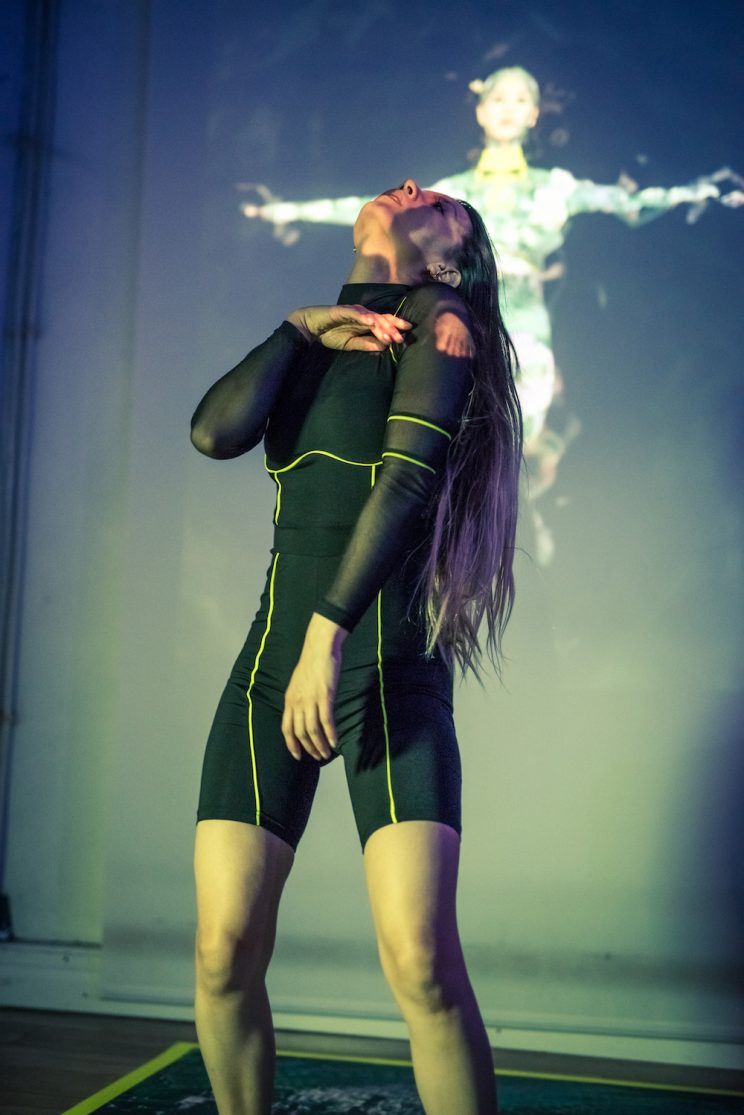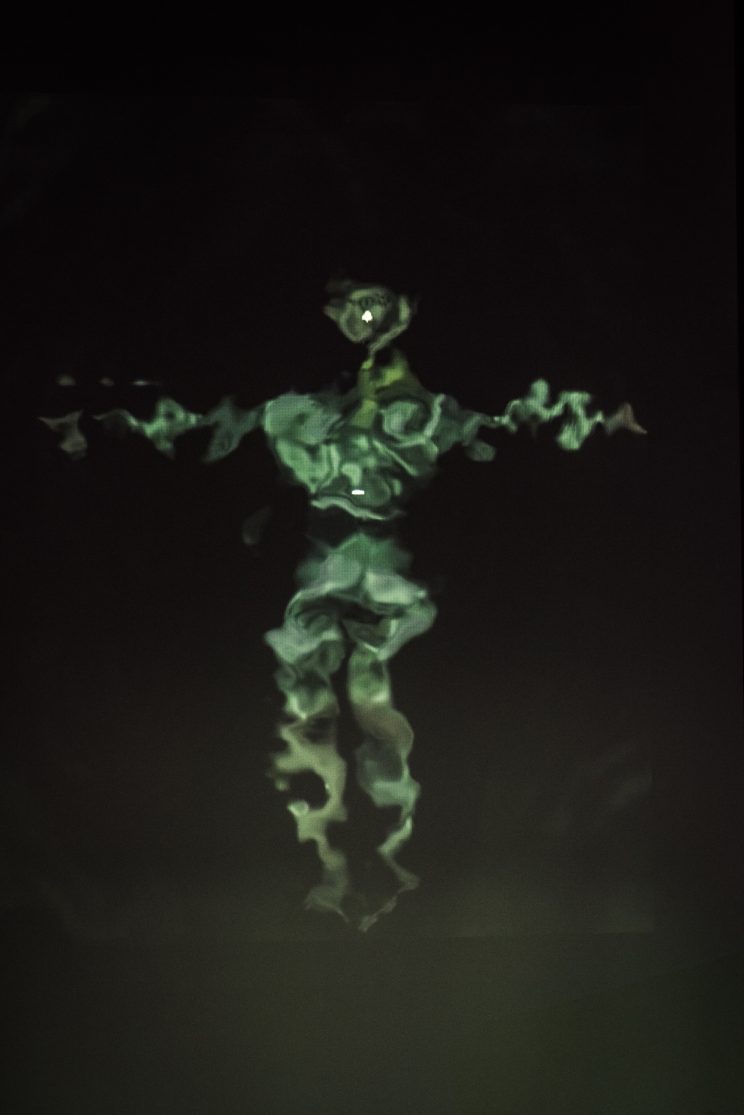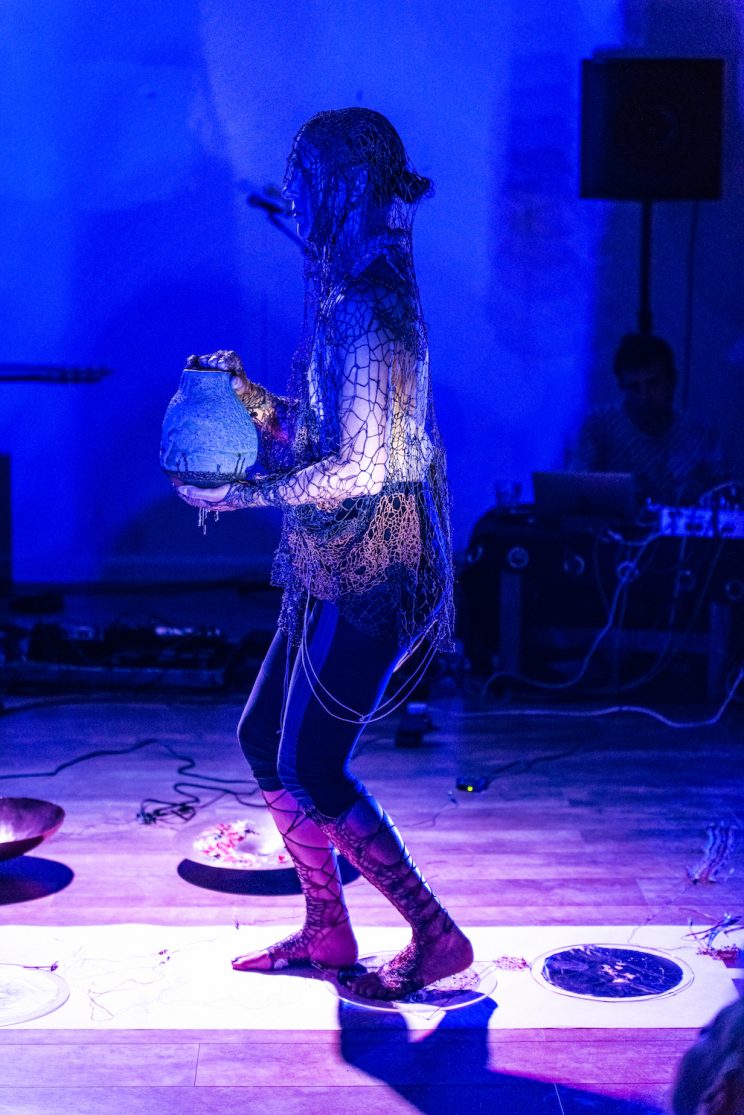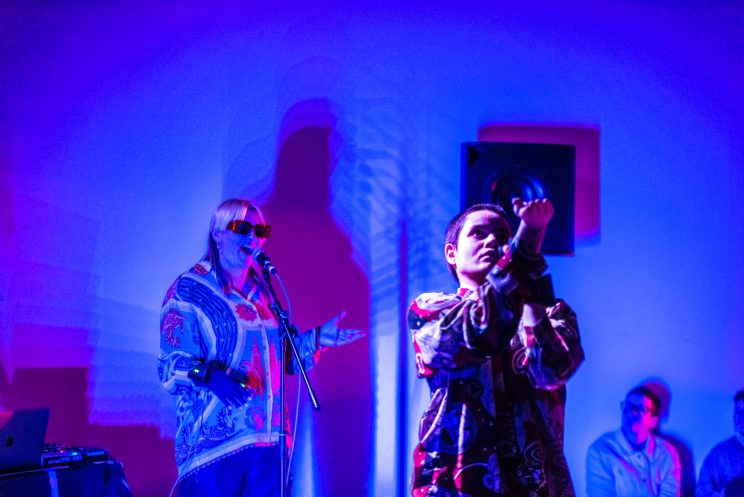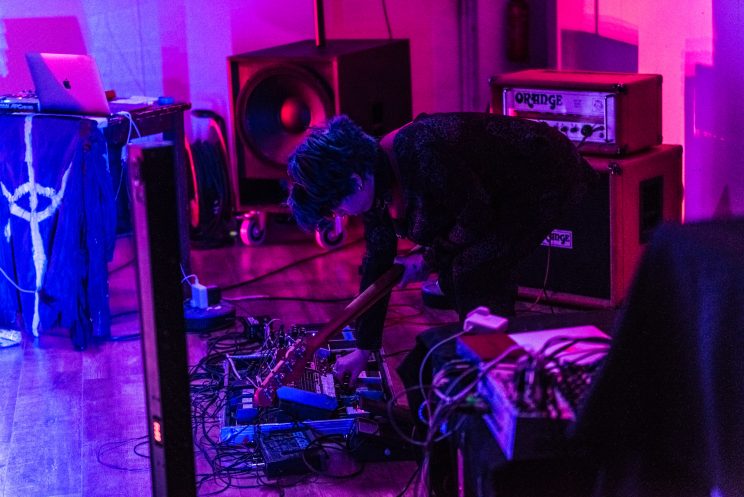Are ‘human-like’ technologies new figures of oppression in the 21st century?
Dyana Gravina, April 2022
Introduction
Harmful biases are entrenched in the conception of humanlike technologies and expand in how we interact and shape them. The recognition of the complexity of technological and social issues are core to posthumanist thinking. With an unfolding series of questions divided into three sections, this essay will attempt to analyse how ‘humanlike’ technologies can replicate systems of oppression concerning gender and sexualities, with a specific focus on the ‘female’ body and its exploitation.
This essay will frame ‘humanlike’ as the technologies that can aid people or resemble human attributes and characteristics. The text explores those bots that reproduce the ‘cognitive’ element, such as learning and problem solving human abilities, and the physical ‘body’ and some of its functions.
The first section will look into AI chatbots using examples like Alexa, Google Home and Cortana. The second part will analyse sex robots with a focus on RealBotix products. For each example, there will be considerations and demonstrations on how these technologies can amplify and re-propose gender assumptions encoded in our conversations and behaviours and have a mirror effect in western society as a response. In the third section, I will pull common threads and explore how both cultural objects might serve as a quick bandage for deeper social wounds related to gender inequalities and injustices. Is it possible that gender-related issues are amplified in humanlike technologies because it is within ‘humans’ that these issues need to be addressed in the first place? What does this tell us about the tech industry and its future? What does this say about humanness?
A complete analysis of the historical relationship between technologies and gender discourse goes beyond the remit of this paper. However, it is worth remarking on the interest in intersectional feminist approaches. The presence of the works of critical thinkers like Donna Haraway, Helen Hester, Jennifer Robertson, and Judith Butler are put in conversation with mainstream publications, interviews with bots creators and data coming from tech companies. This intersection between fields, academia and the tech market is key for this essay to show the bias and the potential harm of these high tech inventions.
In the conclusions, I will introduce positive examples of technologies to be taken as a reference for the intersectional feminist approach and principles to imagine a more optimistic human-technology relationship. In order to include these references in this conversation, it is necessary to push the boundaries of the definition of ‘humanlike’ technologies and integrate projects and objects that use some of the human components but that are not strictly defined as humanlike. This stretch will allow us to explore how technologies can be used to imagine a future based on justice and gender inclusivity towards patriarchal liberation.
In order to address the exposed issues and invest in social change within an interdisciplinary framework we used this conceptual expansion to also include performance works at the intersection of tech, somatics and ritual. To start thinking of a cyborg, queer and ethically repurposed technologies, the aim of the first event organised at IKLECTIK in May 2022 proposed works that both critically raised questions around the above analised biases and that yet serve as a gateway to imagine multitude narratives around gender identities, where the distinction between humans and robots blends into the erotic pleasure and a-gendered reproduction powers.
Selected artists: Portia Yuran Li, Nicole Bettencourt Coelho + Byuka + Sasha Wilde, Sian Fan and Dominique Savitri Bonarjee.
Portia Yuran Li‘s performative installation explores humans and machines’ dual enmity and interdependence, further bringing up how “Gender-based violence” and “abuse of violence” magnify each other and fall into a mirror-image cycle. The performance shows us how the real cyborg has a deep fusion of objectification and sexualisation—and how women and artificial objects further shape each other.
Sian Fan is fascinated by virtual identities and how we construct virtual bodies that exist in hyperspace beyond our physical bodies. She is concerned with the complexities of spiritual experience and with being human in our increasingly digitised and hyperconnected world. Through her work, she hopes to discover new ways for us to coexist with technology and find new narratives and existence for the ‘feminine’ within the making of technologies and the interactions with them.
In Dominique‘s piece, a space of ‘electromagnetic field of aliveness dissolves human/nonhuman, subject/object dualities. Mind Rave moves between mediums to embody the philosophy of between-ness and to reclaim desire, seduction and wonder as the rhythms and tempos of life (not capital). This poetic activism inspires to create works of reverence and union with a more-than-human eroticism. Handcrafting and ‘women’s work’, soft materials and perishability as the con-tempo-rary art of now, prioritising an ecologically responsible stance with a biofeedback wearable called the Crochet Resistance Suit.
Using sound, movement and wearable technologies, Nicole, Byuka and Sasha will use their interest in erotics, sensual experience, spirituality and embodiment to seek other-than possibilities to create conditions for collaborative feeling and channelling in the present moment. When designing a technological platform for performance, the physical, intuitive, sensual experience is considered to ask the question: Will it feel good?




